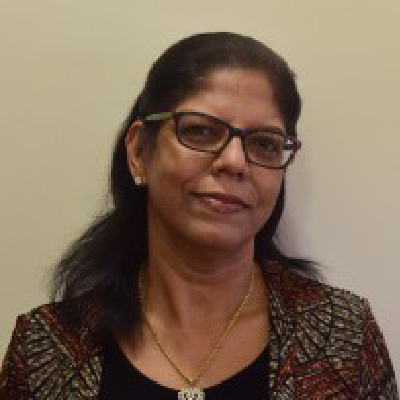Building Bridges: HR’s Role in Creating a “Culture of Recognition” at Findability Sciences | Padma Krishnamoorthy | President | Findability Sciences
 During a quarterly town hall at Findability Sciences, Sandhya, a data analyst from Sambhajinagar, Maharashtra, received a surprise shoutout. Her manager recognized her critical role in solving a major client’s data integration challenge. As virtual applause and emojis filled the screen, Sandhya felt seen and valued. It wasn’t just a pat on the back—it was a moment of connection in her remote work life.
During a quarterly town hall at Findability Sciences, Sandhya, a data analyst from Sambhajinagar, Maharashtra, received a surprise shoutout. Her manager recognized her critical role in solving a major client’s data integration challenge. As virtual applause and emojis filled the screen, Sandhya felt seen and valued. It wasn’t just a pat on the back—it was a moment of connection in her remote work life.
This recognition wasn’t incidental. It was part of Findability Sciences’ initiative to foster a “Culture of Recognition” across its dispersed workforce. In today’s workplace, where remote teams, virtual communication, and technology-driven operations dominate, creating such a culture is both challenging and essential.
Challenges in Building a Recognition Culture
Geographical and Cultural Diversity: Employees across regions value recognition differently. For example, while public recognition may motivate someone in Sambhajinagar, a colleague in Tokyo might prefer private praise. Time zones further complicate timely acknowledgment.
Virtual Communication Barriers: Remote work eliminates spontaneous, face-to-face recognition. Written messages can feel impersonal or be misinterpreted, reducing their impact.
Technology Dependence: Over-reliance on digital platforms can make recognition feel mechanical, detracting from its sincerity.
Employee Isolation: Remote employees often feel invisible compared to in-office colleagues, making it harder to ensure their efforts are acknowledged.
Maintaining Equity: Balancing recognition between remote, hybrid, and in-office employees is a constant challenge.
HR’s Approach at Findability Sciences
HR at Findability Sciences turned these challenges into opportunities with strategic, empathetic solutions.
1. Clear Guidelines:
The HR team created recognition frameworks aligned with company values to ensure consistency. Initiatives like the biannual “Spotlight Awards” celebrate contributions from all employees, fostering inclusivity.
2. Thoughtful Use of Technology:
A digital “Wall of Excellence” allows employees to publicly recognize their peers, with gamified elements encouraging participation. This makes recognition engaging without losing its authenticity.
3. Personalization:
Through employee surveys, HR identified how individuals prefer to be recognized—public acknowledgment, private messages, or rewards. Tailoring these efforts ensures they resonate with employees like Sandhya, who values public recognition.
4. Real-Time Recognition:
To bridge time-zone gaps, HR implemented tools for instant recognition. Sandhya’s acknowledgment during the town hall exemplifies the power of timely praise.
5. Peer-to-Peer Recognition:
A “Kudos Board” enables colleagues to recognize each other’s efforts, fostering horizontal recognition and reducing the reliance on top-down acknowledgment.
6. Manager Training:
HR trained managers on cultural sensitivity and inclusivity, ensuring they could recognize diverse contributions effectively. This helps remote employees feel valued even when they aren’t in the spotlight.
7. Measurable Impact:
HR tracks participation rates and gathers feedback to refine programs continuously. This ensures the recognition culture evolves with the workforce’s needs.
The Results: A Thriving Culture
These efforts have had a measurable impact at Findability Sciences. Employee engagement scores have improved, turnover rates have dropped, and the company’s reputation as a great place to work has strengthened. For Sandhya, the recognition she received not only boosted her morale but reinforced her connection to the company’s mission.
Why It Matters
In a world driven by remote work, global teams, and digital operations, a strong recognition culture is more than a feel-good initiative—it’s a business imperative. Findability Sciences has shown that building this culture isn’t about grand gestures but consistent, thoughtful efforts.
For employees like Sandhya, it’s a reminder that their contributions matter, no matter where they are. And for the company, it’s a cornerstone of its thriving, inclusive, and motivated workforce.


